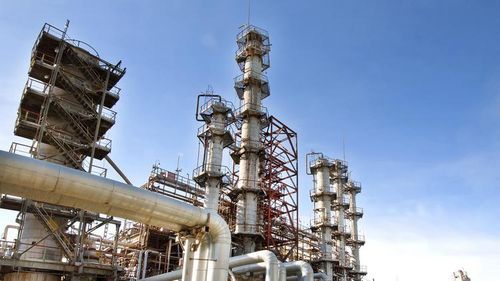W2e, a clean fuels start-up touting a novel waste-to-energy technology, is seeking to raise up to $5m of development capital for its first plant in Colorado.
The company is working with Phicap Advisors on the capital raise, which executives say they hope to complete in two tranches, the first of which is a $2m raise that’s currently in the market.
Proceeds from the fundraising will be used to advance W2e’s first project to FID in approximately nine months, CFO Matthew Ciardiello said in an interview.
W2e’s technology could compete with anaerobic digesters, as it uses thermolysis on cow manure to produce a hydrogen-rich gas stream along with clean graphite char that can be used as an industrial additive. The gas stream can be processed on site into hydrogen, RNG, or methanol.
“We have a technology we believe is a step change in the state of the art for manure management,” Ciardiello added. “We’re taking a waste product that today is really a nuisance for people and we’re turning it into really valuable, clean commodities that people want, and we’re doing it more efficiently than any other technology we’re aware of by quite a big margin.”
Engineering on the main part of the plant prototype is completed through the FEL2 stage, with FEL3 completion on the near-term horizon, Ciardiello said.
The firm, led by veterans of the industrial gas, waste recovery, and oil industries, is on the verge of filing a process patent for its production process, and has its first site lined up near dairy farms in central Colorado.
Gas output from W2e’s process produces a low CI score of negative 234g CO2e / MJ, according to a third-party estimate from Trinity Consultants.
The carbon intensity “is lower than an anaerobic digester because we don’t return anything back to the farm,” said Chief Commercial Officer Tom Harrison. An anaerobic digester returns about 80% of the solids back to the farm, where the methane is typically released. W2e’s process results in a green carbon char that can be sold as a secondary product to industrial users, he said.
In addition, the W2e plant is a closed-loop process with no emissions and no smell, elements that could favor these projects as anaerobic digesters come under pressure for causing a nuisance in communities, CEO David Wallace said.
W2e’s plant could also work side by side with anaerobic digesters, taking the byproduct solids to make additional hydrogen.
On the basis of the gas produced, W2e could pay back the project CAPEX amounts in three to four years under a project finance model, the executives said. Federal tax credits and sales of the green carbon char would provide additional upside.
Even so, W2e is conscious of EPC cost creep that has posed problems for other project developers in the clean fuels space. The firm believes it can mitigate this risk by putting forward a modular design that’s simpler than other types of clean fuels infrastructure, allowing for more comfort in navigating the EPC process.
“This is not some giant gas plant or giant refinery,” Wallace added. “We’re in a different universe in terms of EPC.”







